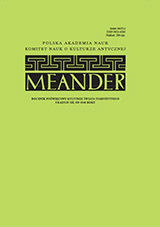
List władcy Hetytów do Ramzesa II
The article shows that the famous letter of a Hittite ruler to the pharaoh who had subdued him in the battle of Kadesh, far from being a historical document, is an Egyptian eulogy of Ramses.
More...We kindly inform you that, as long as the subject affiliation of our 300.000+ articles is in progress, you might get unsufficient or no results on your third level or second level search. In this case, please broaden your search criteria.

The article shows that the famous letter of a Hittite ruler to the pharaoh who had subdued him in the battle of Kadesh, far from being a historical document, is an Egyptian eulogy of Ramses.
More...
Simple minded fool, mad man or a visionary of his time? Pharaoh Akhenaten managed in his relatively short reign of only 17 years as sole ruler of the New Kingdom of Egypt to change the entire religious outline of the Egyptian people. He is well known for abandoning the traditional Egyptian polytheism and introducing worship centered on the Aten. Not only did he start the first counter-religion in history but surpassed his contemporaries through his entirely different vision on religion, art and life itself. The heretic king, as some historians may call him, tried to transfigure a society unwilling to leave behind old traditions. In consequence, the cartouches of the heretical 18th dynasty pharaoh were mutilated by his successors. As an Egyptian, pharaoh and powerful god, the actions that took part after his death would have been perceived as a curse, a damnation of the pharaohs soul and the impossibility for him to ascend to heaven and take his place among the gods. The Amarna period, as the reign of Akhenaten has come to be known by historians has become one of the most enigmatic and intriguing periods in Egyptian history and has managed to puzzle historians and researchers until this day.
More...
Abstract: In the first century B.C., Rome encountered a new enemy, the pirates, originating from the Eastern Mediterranean. They undermined Rome’s authority in the region, causing the blockage of commercial routes and, consequently, of the grain transports that were destined for Rome. The crisis reached to an end by the year 66 B.C., when Pompey was put in charge of the military forces necessary to clear the Mediterranean of the terror inflicted by the pirates.
More...
Over time there have been numerous historians who wrote about the Roman presence in the Lower Danube. Among ancient sources mention them as authors Tacitus, Dio Cassius, and Iordanes of modern authors mention his Vulpe1 Radu and Ion Barnea who addressed the issue of the presence of the Romans in the Lower Danube in a much broader context; Adrian Rădulescu2 of a synthesis that has two purposes: a) revising the entire documentary material which formed the basis of monographic studies; b) the continuation of historical accounts; M. Petrescu - Dâmboviţa3, Hadrian Daicoviciu, Dan Gh. Teodor, Barzu and Florentina Ligia Preda discussed this presenting Romanian history from the beginnings to the century VIIIlea etc.
More...
Even if some of the episodes of the Etruscan war from 311-308 B.C. may be uncertain, the general lines of the conflict can be traced in the narrations of Livy and Diodorus. Between 311 and 310 B.C. the Roman and the Etruscan troops fought undecisively in the proximity of the colony of Sutrium. In 309 B.C., Q. Fabius Rullianus made use of a brilliant strategy, which, in the end, brought the Roman victory. A Roman division remained near Sutrium, threatening the South of Etruria. The strongest Roman army, under the command of Q. Fabius Rullianus, marched to Umbria, succeeding to arrive in Northern Etruria, through a flank manoeuvre. By this strategy, the Roman commander managed to divide the enemy troops, thus weakening them. Fabius Rullianus' plan had remarkable results. In the same year, 309 B.C., the Etruscan armies were defeated at Sutrium and, in a decisive battle, near Perusia. After that battle, Arretium, Cortona and Perusia signed a truce for 30 years. In 308 B.C., some other Etruscan cities, which were under arms, gave up. Tarquinii concluded a truce for 40 years, while some other cities received a separate act, valid for only one year.
More...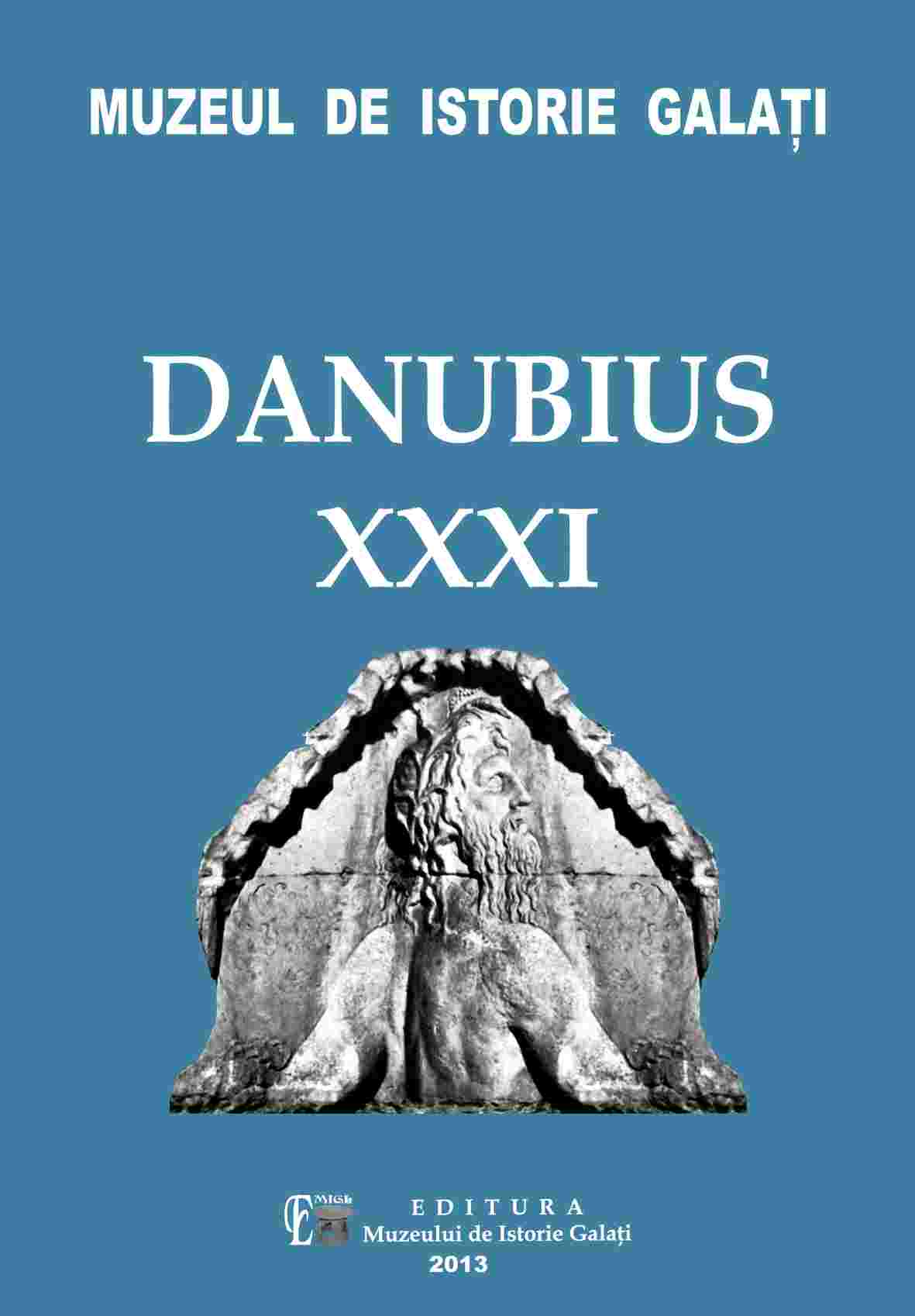
This study focuses on the imposition of Roman domination upon the Odrysian Kingdom, highlighting the difficulties of the Romans in imposing their authority. The imposition of the Roman direct control over the Odrysian Kingdom was not easy. Given their large number, their bravery in battles, the Odrysians were a remarkable military force.
More...
The amnesty granted to the fugitives in the spring of 39 B.C. generated changes not only in the political and social life of Rome, but also within the families of Tiberius Claudius Nero and Octavian Caesar. Livia Drusilla’s divorce, pregnant with the second child, and her hasty marriage with Octavian, who had divorced Scribonia shortly after the birth of Julia Maior, yielded numerous rumours recorded by the ancient historians and intensely debated by the modern ones. If their marriage, criticised and ridiculed at that time, was accepted as legal, no matter the political or sentimental implications, Drusus Maior’s paternity still represents, after 2000 years, a debated subject. The fact that Ti. Claudius Nero recognised the child and accepted him in his house does not constitute an unquestionable element in establishing the filiation. A rejection would have probably meant a reopening of the conflict between Ti. Claudius Nero and Octavian Caesar as well as the tarnishing of Livia Drusilla’s image by the public exposure of the adultery. For Octavian, to recognise Drusus Maior would have meant public scorn and confirmation of the slanderous statements made by Marcus Antonius. Analyzing the information provided by the literary sources, the modern historians have tried to clarify this situation, attempting either to establish Drusus Maior’s date of birth, or to place him close to Octavian on the basis of the character traits apparently inherited along the Julian line. Moreover, another element that allowed the scales to tip in favour of the Julian filiation was his epilepsy, a disease specific to Octavian’s lineage.
More...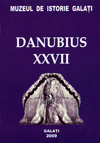
The period between 278-264 B.C. was conclusive for the fate of the Italic Peninsula. During this period of time, Rome gathered its efforts in order to anihilate the allies of the king Pyrrhus and to counteract the potential cores of resistance. The Roman campaigns affected the most regions of Italy, from the southern part till the northern zone of the peninsula. Simultaneously with these operations, Rome imposed security measures to consolidate its domination. Roman or Latin colonies were established in the strategic locations of Italy, in order to keep under control the important routes or to supervise certain regions. Also, there were seizures of territories and transfer of population, performed as security regulations as well. At last, the alliances brought the communities from Italy into a gradual state of dependence towards Rome, thus, setting up a lasting network of treaties organized on the principle of divide et impera.
More...
Pókecz Kovács Attila: A királyság és a köztársaság közjogi intézményei Rómában. Dialóg Campus Kiadó, Budapest–Pécs, 2014. 142 oldal
More...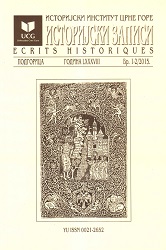
This paper is written as an attempt of investigation of the deeper motivation behind the two Illyrian campaigns of the Macedonian ruler Cassander (316 – 297 BC). Theresults of these actions were ephemeral and they are not seen as very important in the modern historiography. They are explained either as a kind of continuation of the traditional policy of the Macedonian kings towards their western neighbors or as an indication of increasingly important role played by the southern Illyrian tribes on the wider Mediterranean scene. This paper interprets these campaigns as a part of a well-planned expansion in the direction of the Adriatic Sea, an attempt that represents a fresh chapter in the history of the Macedonian relations with Illyrian peoples. Although the exact scope and the particulars of his plans are impossible to know now, Cassander’s policy in these parts anticipates similar designs of Philip V, one century later. Failure of these attempts should be explained by wider historical circumstances: more pressing issues were occupied Cassander’s attention and resources. After the initial success, he was not in the position to devote significant forces into defense and control of the occupied areas.
More...
The collection of the City Museum of Vršac contains a small piece of a military diploma published by H. Nesselhauf in 1936 (CIL XVI 19). Close examination of the fragment has allowed us to propose a slightly different reading and interpretation of the partially preserved text. The inner side contained information on the place on the Capitol, in Rome, where the original document had been exhibited (ara gentis Iuliae). Two partially preserved witness signatures, consisting of their names and origo, are recorded on the outer side. One of them seemingly included additional elements, i. e. the filiation, followed by a tribe. Judging by the mention of the altar of the Julian family, the Stara Palanka fragment should be dated to the time between 68 AD and 71 AD.
More...

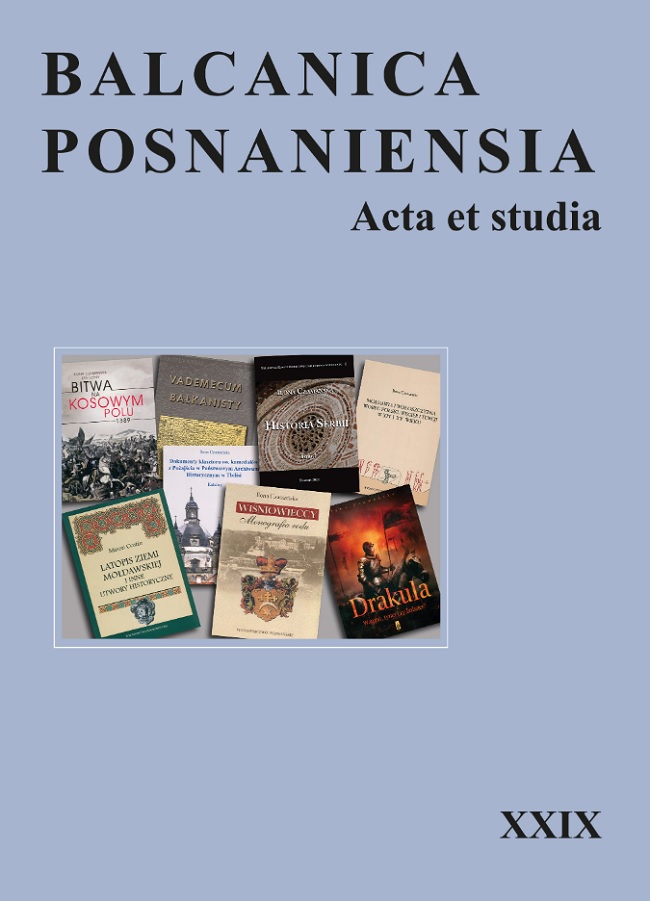
The Finno-Ugric Hungarians made contact with people from the Turkish language group not later as in present-day Bashkiria. It was their original homeland, which was mentioned as the Great or Eastern Hungary by the medieval chroniclers. The Turkic people lived on the Great Steppe in that time, therefore the name of the Turks was a synonym of the nomads. However, in the Byzantine sources it were the Hungarians who were called The Turks. They settled in the region of the Azov Sea together with a branch of the Bulgarian Onogurs, noted in the Arabian sources as s.k.l, and later known as the Szeklers. They got under the political dependency of the Khazars. The Slavic name of the Hungarians *Ągri, from which the Latin name of the Hungari and the Polish Węgrzy was derived, descended from the name of the Onogurs. It seems that the Hungarian tribal commonwealth, which originally wandered to the Maeotidian Steppes and afterwards migrated to the Carpathian Basin, was multiethnical, with great participation of the Turkic population (such as the Szeklers and the Kabars). This people was Magyarized, but left elements of the own historical consciousness to the Hungarians, such as the memory of Attila, which was the basis of the eruditional story of the Hunnic-Hungarian identity by Simon of Kéza. Nevertheless, the Hungarian state preserved its multiethnical character, which generated problems only in the 19th century, a period of growth of the modern nationalisms, which resulted in the disintegration of the state in 1918.
More...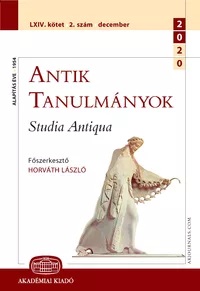
The siege of Nisibis, which took place in 350 AD, is mentioned in various ways in Greek sources. Dependencies can also be established between the texts, but based on the differences, we sometimes have to assume other (now lost) intermediary sources. This paper examines the passages about the siege in the Chronicon Paschale and Theophanes’ Chronicle and tries to explain the similarities and differences in the two texts.
More...
Platón: Phaidón. Helikon Zsebkönyvek. Fordította és a bevezetést írta: Hamvas Endre Ádám. Budapest, Helikon, 2022.
More...
Nagy Sándor uralkodása. Diodóros Történeti könyvtárának 17. könyve. Fordította, a bevezetőt és a jegyzeteket írta Illés Imre Áron. Szeged–Budapest, Martin Opitz Kiadó [é. n.]
More...
Piso, Ioan – Forisek, Péter (edd.): Defending the Polis – Defending the Empire. The Ancient Greek and Military Strategy and Insciptions. Studia Epigraphica Pannonica. Supplementum I. Budapest 2022.
More...